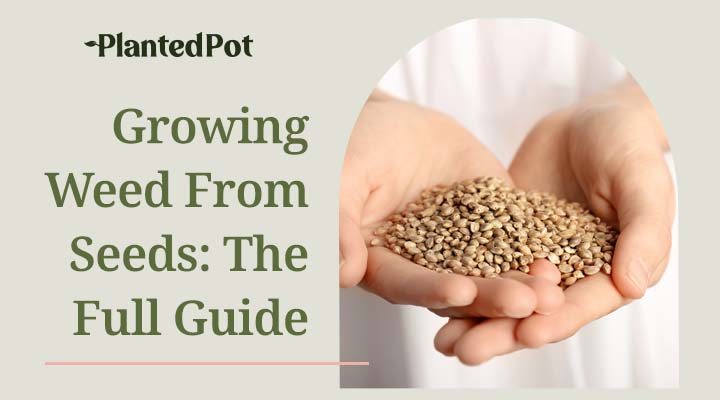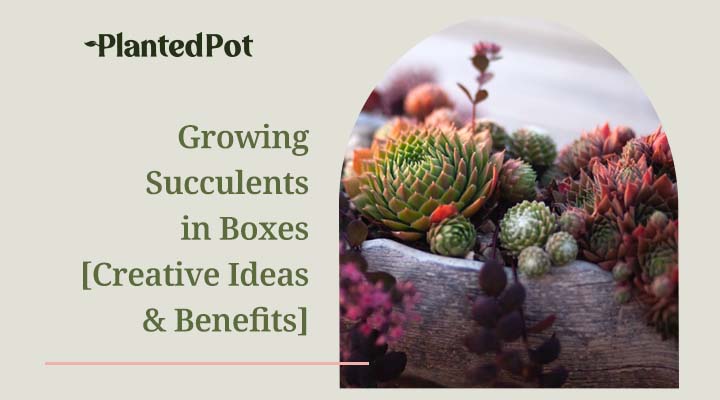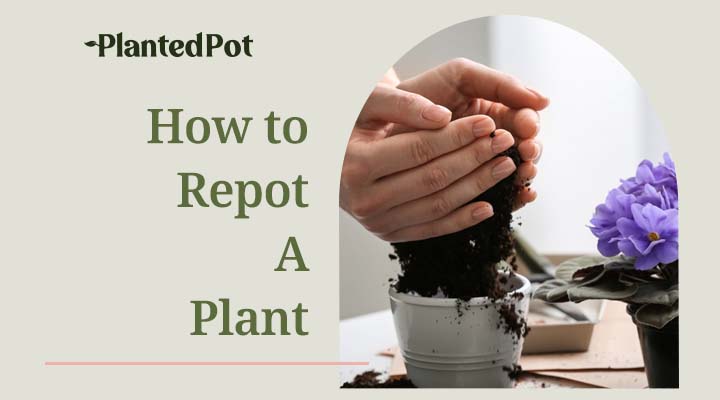
How To Add Calcium To Soil: Making the Perfect Plant Mix
Home / How To Add Calcium To Soil: Making the Perfect Plant Mix
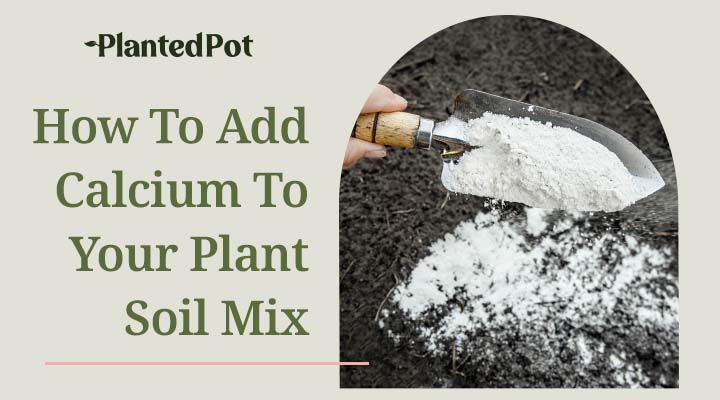
How To Add Calcium To Soil: Making the Perfect Plant Mix
Why would you need to know how to add calcium to soil? It may seem odd to need to know this, but calcium is important for a soil’s quality and can affect how plants grow! However, some techniques are better than others, and it’s not just a question of how but also when and why. Don’t think that the standard glass of milk you had at breakfast as a kid is enough for your garden! Your plants need something more. When your garden has a severe calcium deficiency, how do you correct it? Read on to find out the best way around this easy-to-fix issue!
Is Calcium Important for Soil?
Soil is the bed and housing for your plants. It contains the food your garden needs to live and keep healthy. In the same way, humans need a good home, plants need good soil.
Plants need six main nutrients to grow:
- Nitrogen
- Phosphorus
- Potassium
- Magnesium
- Sulfur
- Calcium
The amount of these substances in the soil affects how rich it is and how easily plants absorb vital nutrients. It also determines how aerated garden soil is, which affects the density of the soil. Calcium specifically aids in both soil aeration and the fertility of the soil.
Why Do Plants Need Calcium?
Calcium plays a vital role in plant growth. It is responsible for holding together the cell walls of a plant and activating enzymes that trigger cellular activity. Calcium affects how well roots can absorb essential minerals and nutrients and how they are distributed through the plant’s system. Without proper circulation of nutrients, parts or the entire plant will begin to suffer.
Weaker cell walls affect a plant’s resistance to disease and vulnerability to cuts and injuries. With a lack of calcium, plants cannot produce growth hormones that allow them to regenerate cells.
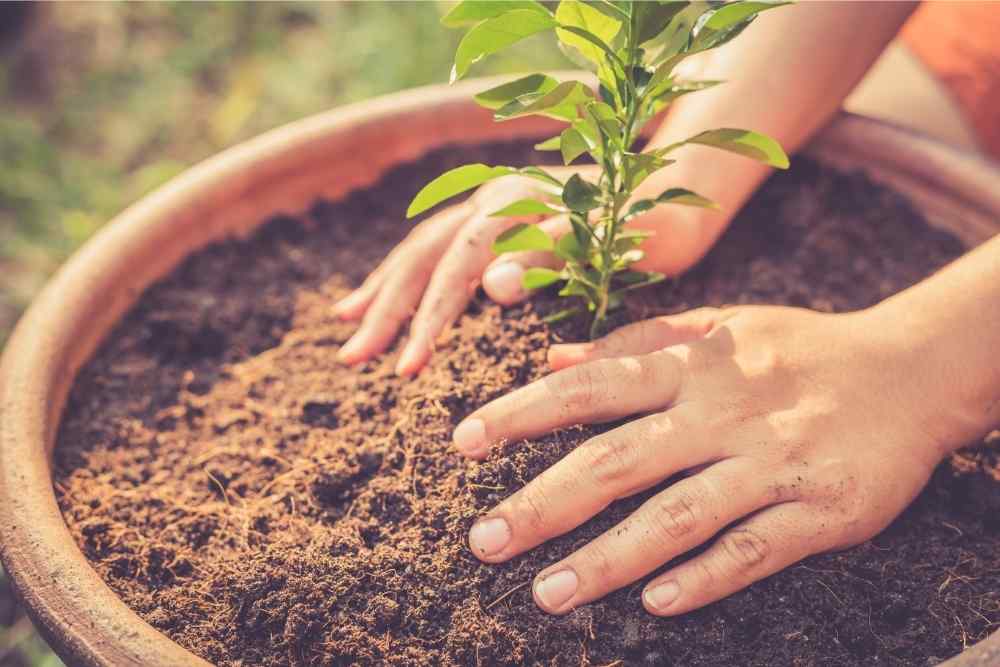
What Affects the Amount of Calcium in Soil?
Soil has a level of acidity or alkalinity called a pH level. This is a measure of hydrogen levels in the earth. The pH of the soil determines nutritional availability to the plant. In other words, if the soil pH is off, it can lower the number of minerals and nutrients a plant can absorb from the soil. Plants usually prefer slightly acidic soil, but highly acidic or highly alkaline is unfavorable for most species of plants.
How to Check pH Levels
There are ways to check a soil’s pH using a simple test. Soil tests are performed by taking a bit of dirt from parts of your garden and mixing it with some distilled water. You then measure the pH by inserting an electronic probe that gives you a number on the pH scale. Other tests require you to dip a chemically treated paper strip into the water mixture that changes color based on pH level and comparing the hue against a chart.
pH scales range from 0 – 14, with 0 – 5 being acidic and 8 – 14 being alkaline. If the soil test measures lower on the scale, the soil would likely benefit from more calcium.
How Does Calcium Affect Plants?
Calcium is one of the essential components of plant growth. Soil that lacks calcium denies the plant its ability to stay strong and healthy. Without it, the plant is in danger, so it is important to ensure enough presence to avoid critical issues.
When Should You Add Calcium to Soil?
If your plants produce no or maldeveloped fruit and flowers, have curling or hook-shaped leaves, or notice that root tips are slow to grow, you have a calcium deficiency. With confirmation from a soil test, it’s time to start adding calcium to your soil.
Plants That Respond Well to Calcium
While all plants improve when sufficient calcium is added to their soil beds, some show strong responses when it is added to their nutritional regime.
- Fruit trees like apple, cherry, lemon, lime, peach, and pear
- Conifer trees
- Leafy greens like cabbage and lettuce
- Vegetables including carrots, cauliflower, broccoli, celery, brussels sprouts, peppers, and tomatoes
- Cantaloupe and watermelon
- Grapes
- Legumes
- Peanuts
- Tobacco
- Cotton plants
Signs of Calcium Deficiency
The signs of calcium deficiency are often easy to identify.
- Poor root growth
- Dying root system
- Newly grown leaves are curled and distorted
- Young leaves are small and misshapen
- Browning of the stem, bud tips, or veins of leaves
- Yellow or brown spots on leaves
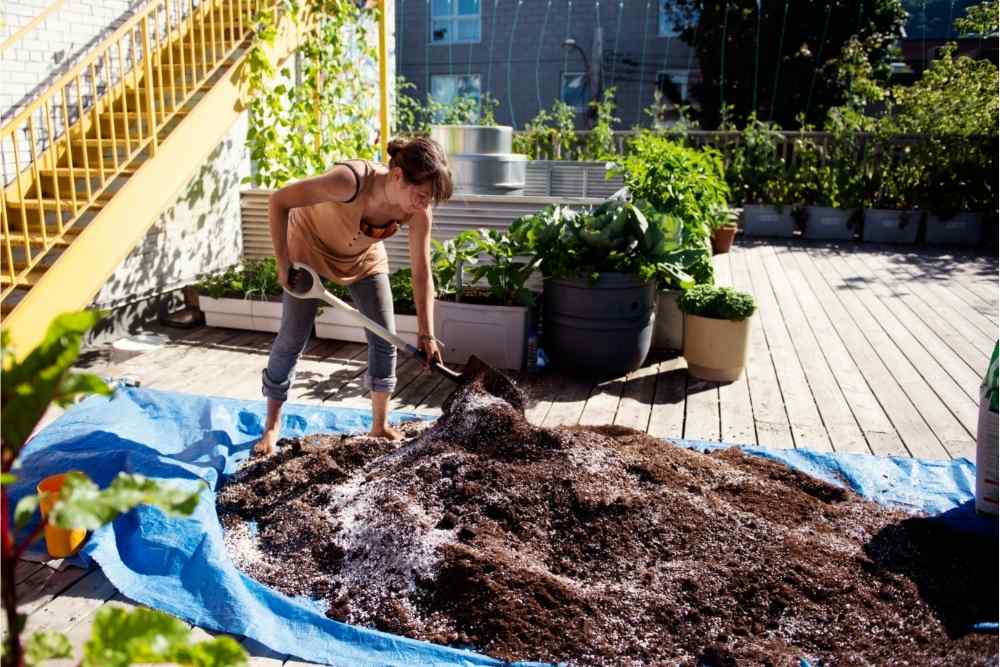
How to Add Calcium to Soil
Soil additives can ensure that adequate calcium reaches your plants. There are different techniques to promote a calcium increase in soil.
Fertilizers
Fertilizers made from the chamomile plant (chamomile calcium fertilizer) are rich in calcium, potash, and sulfur. These minerals not only improve calcium amounts but aid in fungal issues as well. Seaweed calcium fertilizer is also another effective fertilizer choice. Seaweed is not only rich in bromine and iodine, which are key components to soil health, but also high in other nutrients like nitrogen.
Chemical Additives
When you must take more drastic measures, chemical compounds are also strong choices to boost calcium levels. Calcium sulfate is commonly called gypsum and is made by combining the power of calcium and sulfate into a soil-soluble material that plants can absorb. This chemical works best with clay-rich soils due to their compaction, making it hard for roots to spread and easily absorb nutrients.
Epsom salt (magnesium sulfate) is another great addition that not only adjusts calcium levels but helps seeds germinate, deters pests like slugs, and can help produce more blooms in flowering plants. It deposits vital nutrients to the soil, which can help plants grow lush leaves and larger growth. The sulfate in Epsom salt binds with magnesium in the soil, replacing it with calcium. This improves water retention in the soil, which in tandem affects soil quality and root development.
Calcium chloride is a highly soluble solution, which means it dissolves well in water. When a material is soluble, water can act as an effective carrier that can seep deep into the soil and is more easily absorbed by plant roots. Calcium chloride is the most effective chemical amendment and can produce faster results than other remedies.
Natural Remedies
Eggshells can moderate soil acidity and deposit calcium into the soil. You can also use them to make a homemade calcium foliar spray, which composts to make an effective calcium fertilizer. This homemade remedy is made by taking ground eggshells, boiling them for a long time, and mixing them into your garden soil.
Adding bone meal is a great way to add phosphorus (an essential plant nutrient) and calcium to the soil. This can be purchased from gardening stores as a powder or grain form and can be dissolved in water for a more effective result. Bone meal is a slow-release additive, which means you don’t need to reapply as often. Another big plus is that it likely won’t burn the leaves of your plants if it accidentally gets on them, unlike chemicals and fertilizers.
Liming
The most popular method of increasing calcium amounts in the soil is to use lime. Limestone protects the roots from exposure to aluminum, which affects their growth and development. Besides helping calcium amounts in soil, lime also:
- Increases nutrient solubility by increasing pH levels
- Increases soil fertility and overall nutrient composition
- Improves the level of nitrogen in the soil, which can also improve plant growth
- Protects plants from herbicide and pesticide damage
Dolomitic lime—a lime mixture called calcium magnesium carbonate—is sold at many garden supply stores and nurseries because it is so rich in magnesium, which is an additional aid to trigger enzymes in plant systems. Dolomite lime is commonly used to prevent and correct blossom end rot in tomato and pepper plants.
Final Thoughts – How to Add Calcium to Soil
Gardeners must deal with a variety of problems when it comes to tending to their flora. Soil corrections are a part of those struggles, but they can be fixed fairly easily. Calcium balance in the soil can be a little tricky when dealing with finicky plants or natural nutrition deficiencies in the earth. But there are ways to correct these issues!
There are many solutions to try when you add calcium to soil. Fertilizers, chemical treatments, liming, and organic solutions are at your disposal, and all effective in different ways. Liming and bone meal are popular and highly successful techniques gardeners use to treat calcium deficiencies. Whatever soil issues you may be having, you can always fix them with a little help from Planted Pot.


